ThisUmbria is a region rich in art, culture, history, good food and religion. It passes from the entrance arches and the city walls of the Etruscan and then Roman cities, up to the Middle Ages, with squares full of buildings built at the time of the Lords and Municipalities.
For us, any excuse is good to go back! And each time we stop in a different city also because here you are really spoiled for choice! This time we are in the beautiful Assisi!
Despite being a small village, there are many attractions to visit both religious and not. To visit the city one or two days are enough, if you are organizing a weekend out of town it is one of the perfect destinations for a few days but if you come here do not miss the opportunity to extend your stay ... a few kilometers away there are some of the most beautiful villages of medieval Italy! Do not miss the opportunity!
A corner of paradise defined by Giosuè Carducci: “A great thing, town, city and sanctuary”. It is perched on top of a hill overlooking the valley. Moreover, it is particularly loved because it has played a fundamental role in the history of the world: from here St. Francis left to change, or at least try to do so, the Church.
4 km from the center of Assisi is the second most important church linked to San Francesco: it is the Basilica of Santa Maria degli Angeli built to incorporate and protect some emblematic places in the life of the Saint.
First of all the Porziuncola, the small church housed in the Basilica where St. Francis composed the Canticle of the Creatures and died on October 3, 1226. The church takes its name from “Portiuncula”, which literally indicates the small portion of land on which it stood. This small church was one of the first three to be restored by the Saint who made it the center of Franciscanism: here he has the vision in which Jesus gives him the Indulgence known as "Indulgence of the Porziuncola" or "Forgiveness of Assisi", later approved by the Pope Honorius III.
The Porziuncola gathers every year its friars who go around the world to announce the Gospel. In the Basilica there is also the Transit, a stone room where the infirmary of the convent was located, where St. Francis spent the last days of his life and died on the evening of 3 October 1226.
The rose garden is preserved in a wing of the Basilica. This place is famous for an event that involved the Saint: one night, in fact, St. Francis, seized by strong doubts and remorse for sin, rolled naked in the thorny rose garden. This rose garden, according to tradition, in contact with the body of the Saint lost all the thorns so as not to cause him any damage. Even today the rose garden blooms without thorns.
From the Basilica begins the "brick road", three km, up to Assisi. This walk is of great charm not only religious because it connects the two most significant Franciscan places, but also naturalistic for the many views it offers. Every single brick was donated by a faithful and bears their name and city of origin, and was made after the 1997 earthquake.
UNESCO has declared the entire city of Assisi and the annexed Franciscan sites: “World Heritage”.
Assisi, a spiritual place, a city symbol of Peace, is a delightful medieval town where the marvelous Basilica of San Francesco stands out. It overlooks a medieval village made up of narrow streets and alleys always uphill; the atmosphere of serenity and prayer that characterizes the whole center seems almost a tribute due to the patron saint of Italy.
It was only two years after the death of Francis that Brother Elias, his successor, received as a gift a small piece of land on the Colle dell’Inferno where, until some time before, the condemned were hanged.
Seen from a distance it looks like a single stronghold but is actually made up of two superimposed churches: the lower and upper Basilica and a crypt with the tomb of the Saint. The history of Italian art was written in the two churches: Cimabue, Giotto, the Lorenzetti, Simone Martini worked on them. Among the many works are worth mentioning: the complete cycle of the Stories of San Martino painted by Simone Martini; the Chapel of the Magdalene by Giotto; in the transept there is a fresco by Cimabue and eight Childhood Stories of Christ painted by Giotto.
In the lower part there is the Crypt with the remains of San Francesco. Simple, carved into the wall and circular like the Holy Sepulcher, there is the stone urn enclosed by bars in two iron grids in which the saint's body was found. Above the tomb burns a lamp with the oil offered each year from a different Italian region.
A few steps from the Basilica of San Francesco, you will find the MUMA Museum, free admission and very original of its kind: to make it unique was the choice made by the Capuchin Friars of Umbria to transform a traditional missionary museum into an entirely multimedia and interactive museum .
It is a historical, ethnographic, anthropological, missionary museum that allows you to meet on several levels the Alto Solimões region, its inexhaustible heritage of flora and fauna, the indigenous nation of the Ticuna and the multicolored Brazilian world, the Capuchin friars - formerly Umbrian then Brazilians - who built churches, hospitals, schools, factories there.
Santa Chiara: fascinated by the preaching of St. Francis, at the age of 18 she fled from her rich family to join Francis and the first friars at the church of Santa Maria degli Angeli, already called Porziuncola ever since.
She soon moved to the church of San Domenico where, joined by her sisters Agnese and Beatrice and her mother, she founded the Order of the Poor Clares. Here he lived and died after 42 years.
The church of Santa Chiara was built immediately after his death, right next to the ancient church of San Giorgio, which until 1230 had kept the remains of St. Francis. Behind a grate there are some important relics of the saint and of St. Francis. From the stairs, located in the middle of the Basilica, you also enter the Crypt with the body of the Saint.
If you have a little more time to spend in Assisi, it is a good idea to climb up to the Rocca Maggiore in Assisi.
For more than 800 years the bastion has dominated the town of San Francesco and the surrounding countryside.
Destroyed by the revolting population, the Rocca was rebuilt in 1365 and was part of the network of castles built to defend the Papal State. Abandoned in 1600, it has reached us almost intact. Today it offers a suggestive walk between centuries-old walls and a magnificent view of Assisi and its surroundings.
We are in Umbria, so you can expect genuine, substantial cuisine with local products served in the traditional way. A chopping board with Umbricelli, honey, bruschetta with the exceptional local oil (DOP Assisi) and truffles usually opens the meal.
Among the first courses are the stringozzi and the umbricelli, types of very double handmade pasta that goes well with pork or game sauces (hare, deer). Among the second courses, the excellent local meat, pecorino di Assisi.
Assisi has a typical dessert, the Rocciata, a kind of strudel made with apples.
For wines, just remember that the Assisi area has 5 DOCs: Grechetto, white, rosé, new, red.
In this region famous for hospitality, you will be spoiled for choice, again! We recommend looking for a hotel in Santa Maria degli Angeli in order to enjoy the visit of Assisi during the day and have more possibilities to move with your own car.
There are endless proposals and we have selected two, very different from each other!
We stop at the "Dal Moro Gallery Hotel”, one of the most beautiful hotels in the area, just 50 meters from the Basilica of Santa Maria degli Angeli.
A refined, modern and elegant design hotel, managed with great professionalism and humility, a rare gift today.
The kind Alessandra welcomes us by telling us the story of this structure which, since 1890, has been welcoming tourists from all over the world. Founded by his ancestors, it constantly renews itself by taking care of every single detail with taste and practicality, also thanks to the art of the many architects who worked here.
Very functional rooms equipped with every comfort, shower that, with chromotherapy, helps you relax even more, after having "wandered" far and wide through these sacred cities!
In the morning, thanks to Roberto's passion and innovative ideas, breakfast becomes a real ritual!
Croissants filled to the tip, high quality home made desserts, an entire organic department with seeds, berries and dried fruit. The whole salty area deserves a separate decantation: cold cuts, Umbrian cheeses, tartlets with carrot and potato pate, tasty stuffed sheets help to make this breakfast rich and inviting!
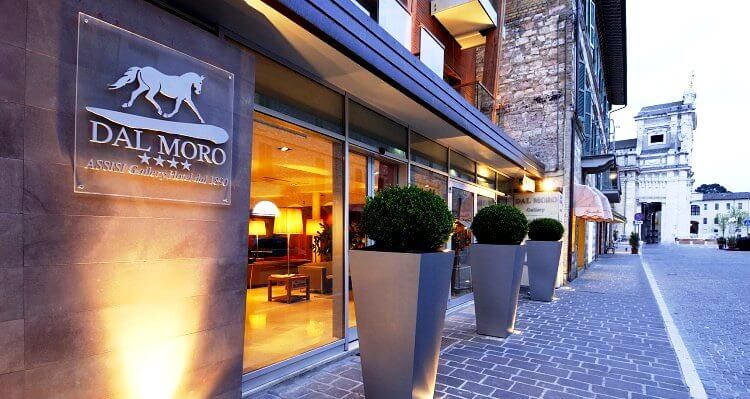
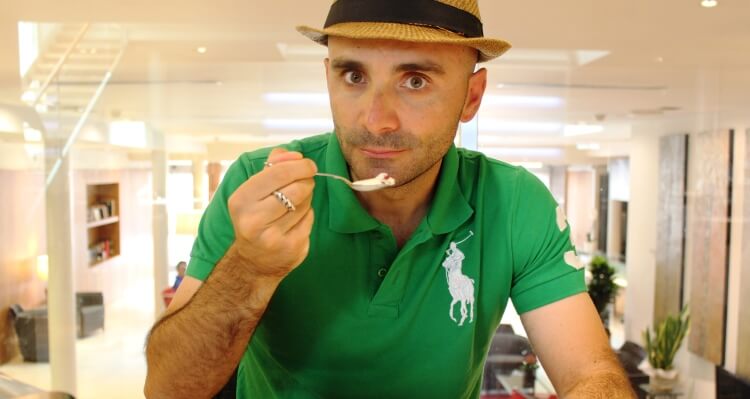
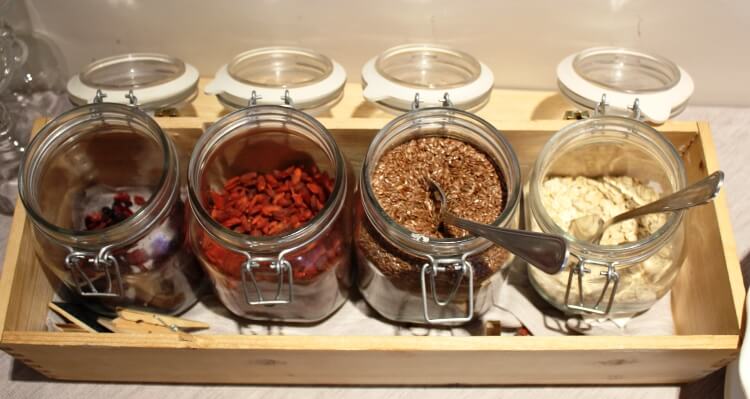
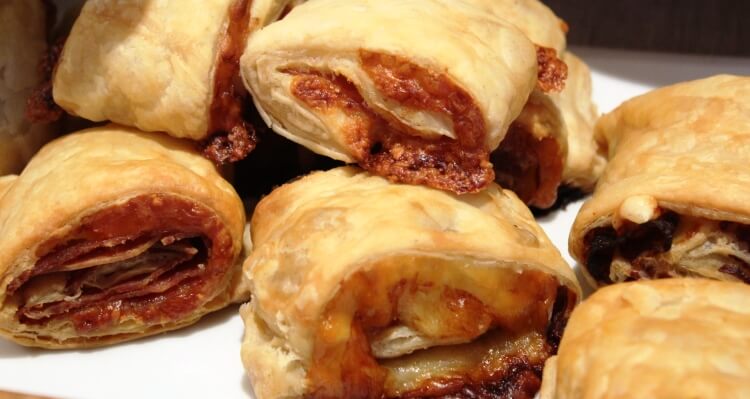
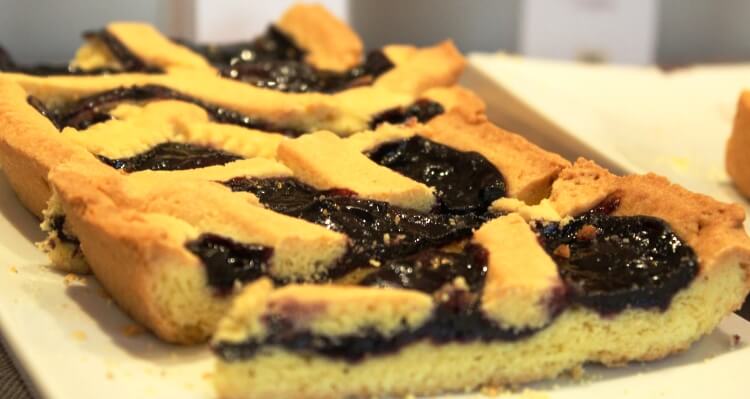
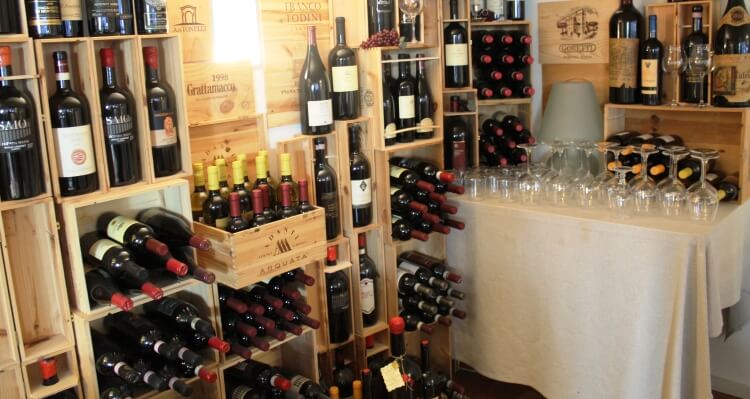
Another solution, a few steps from the Basilica of the Porziuncola of Santa Maria degli Angeli, almost opposite is: theHotel Franco Antonelli!
The proximity to the main roads, allows its customers to easily reach other Umbrian cities of art, offering the opportunity to immerse themselves in nature, savor the typical Umbrian cuisine, live in history, and the Christianity of Franciscan places, experiencing genuine sensations that they tone the spirit and the body. Also, if you are a fan of the famous "Vespa" or "Lambretta", here you will find numerous historical relics!
Are you ready? Let's go!
Food, heaven, sacred, profane, culture, tradition: Umbria is the very heart of Italy!
Error: No feed found.
Please go to the Instagram Feed settings page to create a feed.
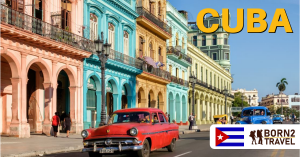
Cuba Capitale:L’Avana Moneta:Peso Periodo migliore: Se possibile, evitate il periodo
2 Responses
Buonasera,
articolo splendido, pur amando la mia Umbria e la mia Assisi non avrei saputo fare di meglio, unico cruccio è non aver potuto confrontarmi e parlare con voi visto il superlavoro che ci è capitato in quei giorni, inaspettato anche se naturalmente benvenuto. Se tornerete saremo ben felici di ospitarvi e sederci a bere qualcosa insieme. Buonasera serata e auguri per il prossimo viaggio, cordiali saluti
Antonella
Grazie mille cara Antonella,
l’Umbria è una regione che ci sta particolarmente a cuore e tornarci, ogni volta, per noi è una gran gioia!
Thanks